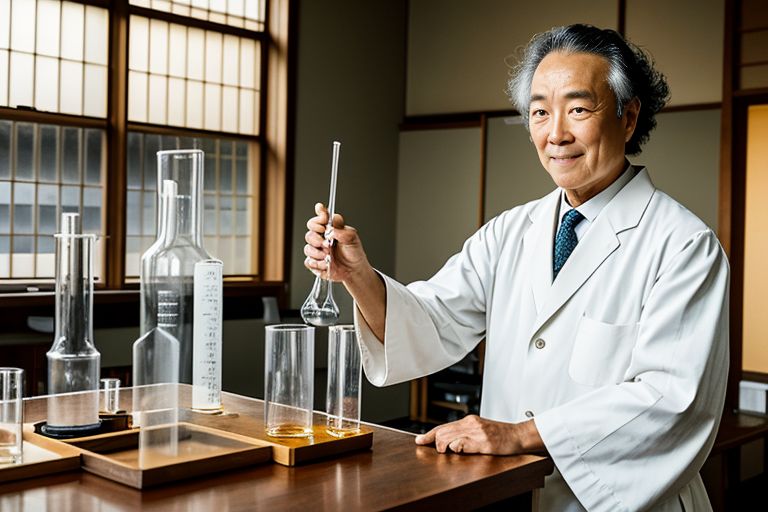The Remarkable Journey of Hideyo Noguchi: From Tragedy to Triumph
- Japanese Kanji: 野口 英世
- Japanese Kana: のぐち ひでよ
- Hepburn romanization: Hideyo Noguchi

Early Life and Education
Born in 1876 in Fukushima, Japan, Hideyo Noguchi was a child of farmers. His life took a dramatic turn at the age of one and a half when he suffered severe burns, leading to a disability in his left hand. Despite this, Noguchi's determination led him to pursue a medical career, inspired by the surgery he received on his hand which restored much of its functionality.
Career Achievements
Noguchi moved to the United States in 1900, where he joined the University of Pennsylvania and later the Rockefeller Institute of Medical Research. His research initially focused on venomous snakes and later on bacterial and viral pathogens. In 1911, he made a significant breakthrough by identifying the bacterium responsible for syphilis, Treponema pallidum, in the brains of patients with progressive paralysis.
Controversies and Challenges
Noguchi's career was not without controversy. In 1911, he was accused of unethical practices during a clinical study involving orphan children. Although acquitted at the time, his methods would later be scrutinized as part of a broader reevaluation of ethical standards in medical research. Despite these challenges, Noguchi's work was influential, and he was nominated several times for the Nobel Prize.
Global Impact and Later Years
Noguchi's research took him to Central and South America, where he studied diseases like yellow fever and Oroya fever. His theory that yellow fever was caused by a spirochete was later disproved, leading to criticism. In 1928, while in Africa, Noguchi contracted yellow fever and died, marking a tragic end to a vibrant scientific career.
Legacy
Despite some scientific missteps, Noguchi's contributions to medical science are notable. He is remembered for his pioneering work in identifying the causative agents of various diseases and his efforts to improve public health standards. His legacy is honored through various awards and institutions, including the Hideyo Noguchi Africa Prize, which recognizes outstanding achievements in medical research and services in Africa.
Noguchi's life story is a testament to resilience and the pursuit of knowledge, demonstrating both the complexities and the potential of medical science to change lives.